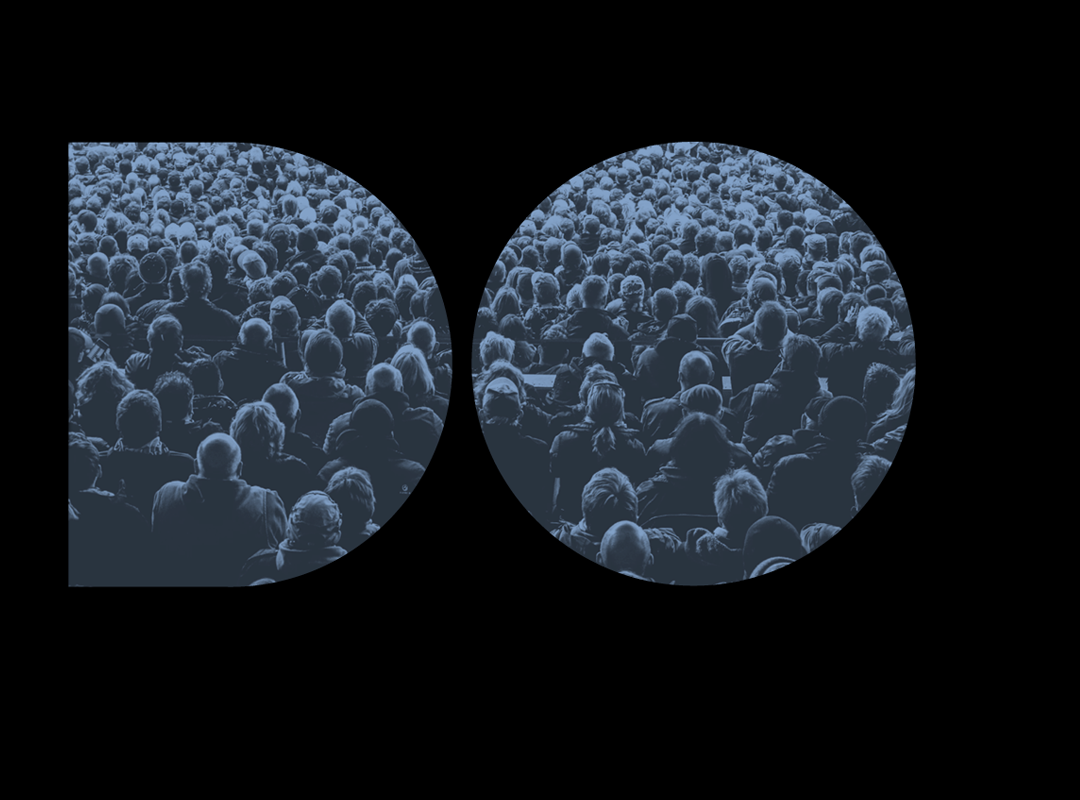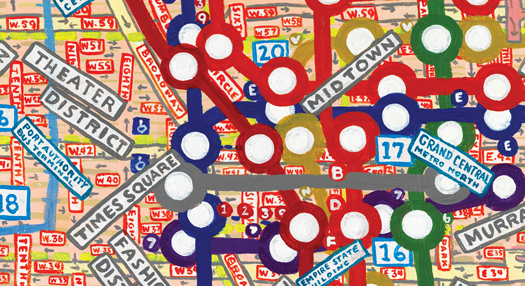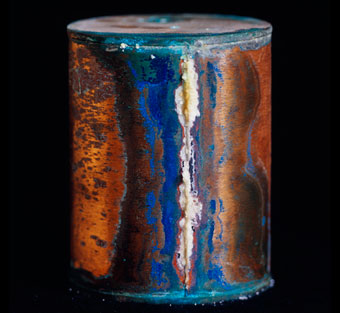
June 16, 2008
The Typographer’s Guide to the Galaxy
Have you ever looked at your handwriting from the other side of the sheet, holding the paper against the light? It is as displacing as watching your own photographic portrait and realizing that all the asymmetries you thought you knew and accepted are back in full force, making you look really odd and twisted and revealing a new soul. In the case of type and writing, it is a litmus test. There is no better proof of the elegance of a typeface than obfuscating its content. And if, as is my case when it comes to Hebrew (or Korean or Thai or Arabic…), one does not understand anything at all, there is no need to even reverse the sheet, the experience becomes purely emotional and aesthetic. Ah, the delights of ignorance! Characters from different alphabets become fantastic creatures and take on lives of their own. In the case of Oded Ezer, who calls himself a “typographic experimentalist,” some letters are indeed endowed with DNA and a biological structure, and become crawling insects and sperm.
I first encountered Oded Ezer’s work while I was doing research for my exhibition Design and the Elastic Mind, which opened at The Museum of Modern Art at the beginning of 2008. The exhibition focused on some designers’ ability to interpret scientific and technological revolutions and transform them into objects that people can use, in other words to transform revolutions into real life. It was a show about experimental design and about the relationship between design and science, so I cannot express enough my elation when I saw Oded Ezer, a communication designer, appear on his website wearing a white lab coat and contemplating a vial, surrounded by tools that have nothing to do with those found in a typical design office.
Typeface design is a very rigorous, almost scientific discipline where minuscule variations and adaptations reverberate in meaning and impact. The formula for a successful typeface is the result of an enormous amount of trial-and-error work, not unlike a scientific experiment. Like scientists, typeface designers sometimes need to blow some steam. Ezer in particular felt the need to escape not only the exactitude of type design, but also the obsessive goal-orientation typical of the Israeli educational system. That is how he came to live a double life, as a successful commercial designer on one hand and as a pilgrim on a “path to the unknown,” as he calls it, on the other.
This essay was first published in Oded Ezer: The Typographer’s Guide to the Galaxy, published by Gestalten. The publisher and author have kindly granted permission to republish this essay on Design Observer.
Observed
View all
Observed
By Paola Antonelli

 Paola Antonelli joined The Museum of Modern Art in February 1994 and is Senior Curator in the Department of Architecture and Design. Her goal is to insistently promote design’s understanding, until its positive influence on the world is fully acknowledged and exploited.
Paola Antonelli joined The Museum of Modern Art in February 1994 and is Senior Curator in the Department of Architecture and Design. Her goal is to insistently promote design’s understanding, until its positive influence on the world is fully acknowledged and exploited.



